Looking to keep your running going all winter long? No worries, I’ve got you covered with all the tips you’ll need for running in the snow or even handling some icy patches. Colorado winters have taught me how to embrace it and keep training on track.
There’s something magical about embracing a dark, cold winter morning running on snow. But it’s less magical when you end up on your bum because you didn’t realize there was ice or are wearing the wrong shoes.
In this guide, we’ll explore the art of winter running in snowy terrains, offering insights and tips that transcend geographical boundaries. Whether you find yourself navigating the city streets, suburban trails, or the secluded paths of a local park, mastering the nuances of snowy running opens up a world of adventure and fitness against the backdrop of a winter wonderland.
So let’s talk about what you want to know to stay safe and feel comfortable heading out in the snowy months to run.
7 Tips for Running In Snow
Running in the snow requires a subtle adjustment to your running technique to maintain stability and reduce the risk of injury. Here are some techniques to help you navigate snowy surfaces with confidence.
Remember that running in the snow can be similar to running on the beach. It’s going to use lots of little stabilizing muscles that you might not normally. So don’t go too far on those first few runs, give your body time to adapt if this is going to be a consistent part of training.
And remember snow depth matters. I’ve tested out lots of runs and let’s just say once we got over 12 inches of snow it started to look less like a run and more like a hike. That’s totally fine! Just usually not our goal.
Trail Running Shoes
When it comes to snow running shoes, you may be surprised to find that your trail running shoes are a perfect fit.
Until you start getting in to potentially icy conditions, they’ll provide enough traction to help you not worry so much about slipping. Additionally, many have a waterproof covering, which is really nice if you’ll be anywhere that the snow isn’t packed down.
Checkout these best winter running shoes for some ideas on where to start.
Change Your Workout
Rarely is a snow packed run going to be the best option for doing your hard intervals or even trying to hit goal race pace. The exception obviously being if you’re planning a trail race in the snow.
Focus on your effort over pace, as noted the run could indeed feel harder. Plus, with the temperatures below freezing your body will be working harder to protect your organs. So running by effort is going to ensure you get in the right impact of the workout.
If you really need to get in your speed work, then it might be time to see if the local track is shoveled or to suck it up and use the treadmill! There are lots of speed benefits to treadmill training, so just do it.
Shift The Time of Your Run
Admittedly this one is so hard for me because I love my morning runs, but being flexible in the winter can make a huge difference in both the condition of the roads and the temperature.
- Plan for runch over an early morning run so you can use the sunshine to spot ice and possibly warm it to at least slush.
- If you can aim for a snowy path over slightly shoveled, you’ll often find more traction.
- Wearing running sunglasses with a Polarized lens can help make the ice more visible due to the contrast it provides.
- Early morning runners always take a headlamp, instead of relying on street lights.
- Understand how black ice forms so you can be vigilant. Unfortunately it’s when a lot of us head out.
“The prime times for the development of this ice are around dawn and in the late evening, when temperatures are typically the lowest. The ground temperature causes the precipitation to freeze upon impact, thus creating ice.” – Accuweather
Adjust Your Stride
One of the other things you may need to do is work on taking shorter steps to maintain balance and stability on uneven and slippery surfaces. This reduces the risk of slipping and minimizes the impact on your joints.
Additionally, overstriding tends to be how you heel strike which isn’t a bad thing persay, but in the snow could reduce the traction you want to get in each step.
Embrace the Trails
Because trails haven’t been scooped, you’re more likely to find snow than ice in most places, which means better traction and less chance of slipping.
I also love doing this because it can remind you to simply slow down and enjoy the run. Take in the beauty around you and remember what a gift it is to get to run (and escape a house full of people).
Prepare Correctly
All of my other year round tips also apply here!
- Indoor warm up for winter runs – make sure your muscles are prepped to avoid injury
- Wear running lights or reflective running apparel to be seen
- Embrace the Benefits of Running in the Cold (like an immunity boost)
- Remember that even though you might be sweating less, you still need to hydrate!!
Have Fun
Seriously, plan a run with a friend or join a group run. Occasionally all we really need is a little extra motivation to get out the door when we think a run is going to be too hard.
Once you get going, you can always bag it, but that rarely happens.
Is it Safe to Run in the Snow?
Absolutely with the right gear and the right attitude. It can be some seriously fun running when you embrace that it’s not going to be the same as a hard effort on a sunny spring day.
Will Running on Snow Make You Faster?
Having just told you not to do your speed sessions in the snow, you might assume no.
But just like beach running, you’ll be engaging a lot of new muscles and forced to think about picking your feet up, so it could very well lead to some stronger leg muscles and therefore faster running.
Also, once you’re back to solid roads or trails it’s going to mentally feel easier, so that is going to reduce the effort level and could also mean running faster.
What to Wear to Run in the Snow?
Depending on the day you might find long sleeves and tights are plenty! That’s what makes Colorado winters so crazy.
I’ve put together a detailed guide of what to wear running at every temperature, but if you want some quick go to’s I’ve got you covered.
- Trail Running Shoes + optional shoe gaiter to stop snow coming in the top
- Winter running gloves – from light to suppppper warm
- Winter running base layers – what’s next to your skin is really important to wick sweat so you don’t get chilled
- Running Beanie– trap that heat!!
- Winter running tights -(Fleece lined is awesome)
- Winter running jacket – often the most expensive layer, but worth it
The second part of running on snow, is being prepared for the idea that you might find some ice.
Top Running On Ice Tips
As a morning runner, my first thought is usually how many layers do I need? But after a frosty night or a snow storm, I’m on the lookout for ice…especially black ice.
Beyond don’t fall, what can actually help you get through a run on the ice while remaining up right? Let’s be real, I can trip on a perfectly flat clear sidewalk, so I had to do some research and reach out to more experienced winter runners.
But I can now vouch for these techniques!
Just Don’t Do It
Well seriously, we know the potential for risk is higher so if you are truly worried about injury or have a big race coming up, then you have to weigh out the risk reward of heading out.
I’m always going to be a fan of encouraging treadmill runs when they mean safety.
Bonus read: How Cold is Too Cold to Run Outside?
Understand Melting Patterns
Know in advance which sides of the road melt quicker and which refreeze. Around our neighborhood certain patches are perpetually in shade, so running on the other side of the road can mean avoiding the need to slip and slide past someone’s house.
Practice, Practice, Practice
Sounds ridiculous, but just like trail running you’ll only feel more comfortable with the change underfoot the more you do it. So practice, practice, practice and let your inner Type A flag fly.
Year-round Boulder run, Nicklaus Combs says “Short stride and quick cadence” can make a big difference because the less time you are in contact with the ice, the less time you have to slip!
Plus it means you are taking a lighter step, place less force on the ice. Short steps doesn’t mean faster, it just means increasing your foot turnover.
Get Winterized
Just like you need chains on your tires for the mountains (yeah things I learn in Colorado), you need to winterize those shoes.
Adding a spike or other gripping tool to your shoes is a great way to enhance traction.
There are a lot of options depending on your budget:
- put screws in to your existing shoes
- buy a pullover for your shoes that has spikes (this is what I do)
- invest in quality shoes if you’ll be doing a lot of ice, like the IceBugs below
My new friend Kate who lives, runs and enjoys the outdoors year round in Alaska had this advice:
“To run on ice I use a waterproof shoe and slip my Khatoola Nano Spikes over the top to protect me from slipping and sliding. We also sell a shoe called “IceBugs” that have carbon spikes in the bottom of the shoe that are placed correctly as to not affect your gate when you run.
Sometimes when running stores “stud” shoes for runners (or put screws in tennis shoes) they can put them in crooked or in the wrong place and over time can cause injury for the runners. If spikes are not an option for any reason – I always… always recommended padded shorts.”
Ok I really love that last piece of advice because let’s be honest, me falling on my tailbone is an absolute possibility. Plus…it makes for another great runner story.
The winter run is not merely a checkbox on your fitness routine; it’s an embrace of nature’s dynamic beauty, an assertion of your resilience, and a celebration of the joy found in every snowy stride. Buck up, venture out, and let the winter run be your canvas for a unique and unforgettable journey running on the snow.
It’s been an adventure the last 8 years transitioning from Florida runs to Colorado winter. I was hesitant at first, but now enjoy this season just as much as the others. But if you just can’t get outside, checkout some ideas for Indoor Workouts!
Happy running!
Other ways to connect with Amanda
Instagram Daily Fun: RunToTheFinish
Facebook Community Chatter: RunToTheFinish
Sign Up to Receive a Weekly Newsletter with Top Running Tips

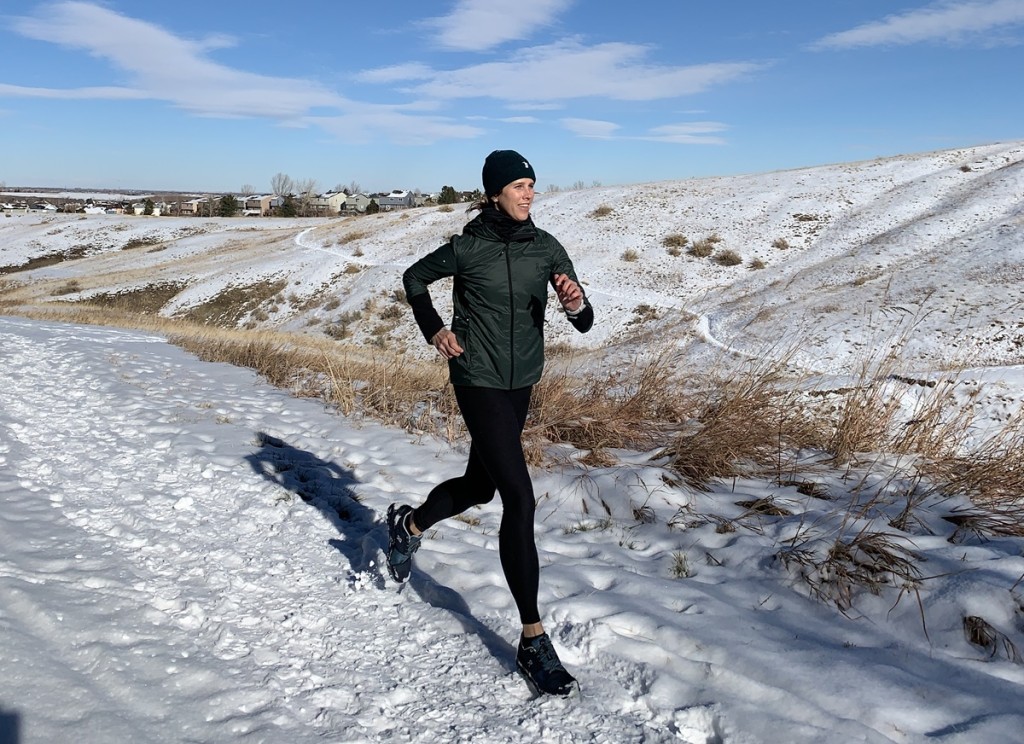

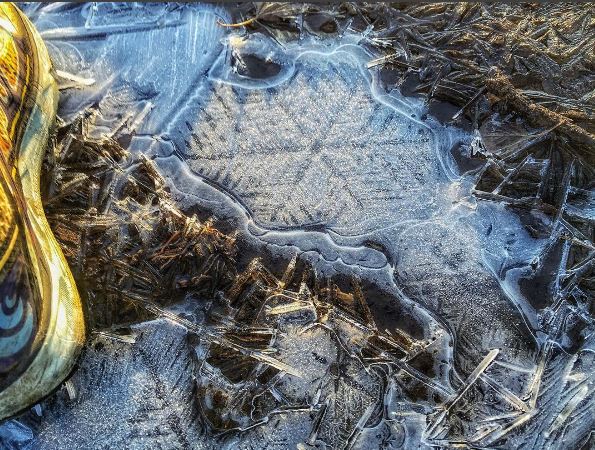
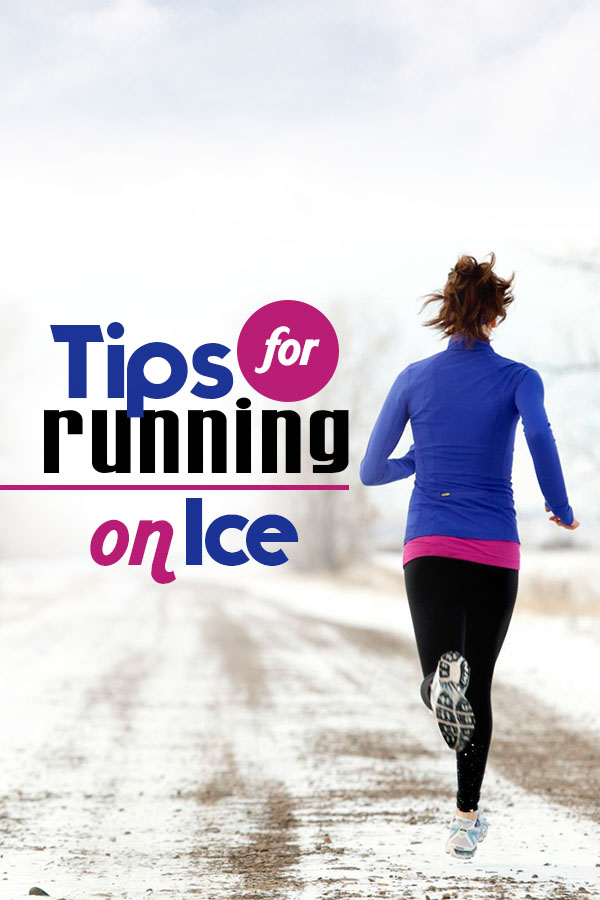
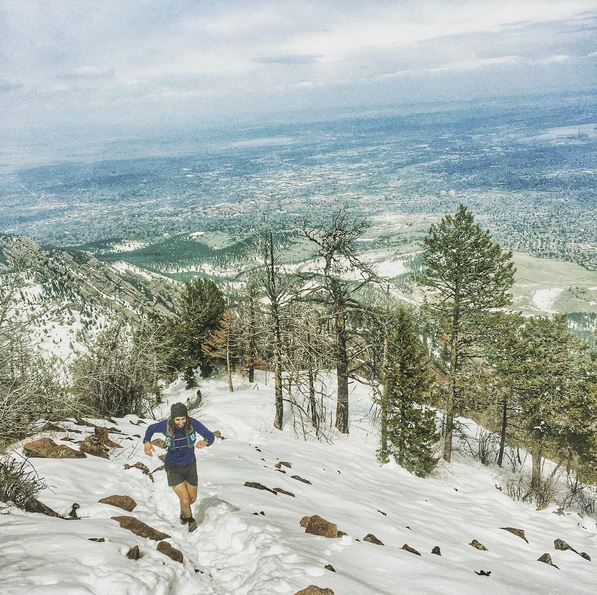
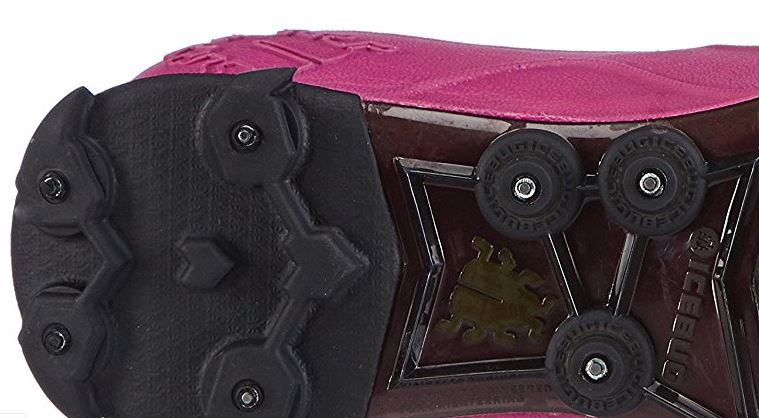

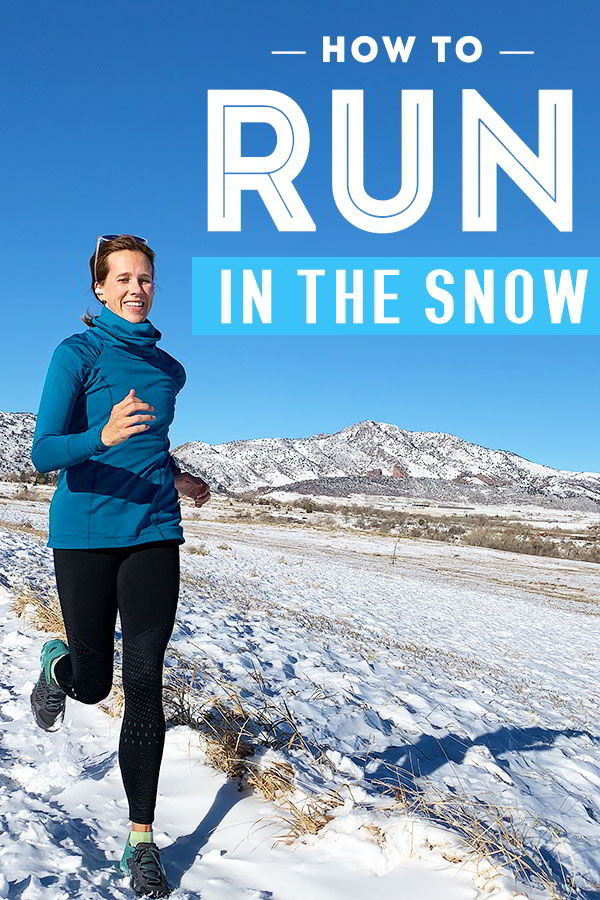
 Zone 4 Heart Rate Explained | When and How to Use It
Zone 4 Heart Rate Explained | When and How to Use It

Emily
Being afraid but just a little is really good advice; I like to be cautious out on the snow and ice. It’s actually a lot easier to run on fresh snow than running on it after a few days of melting and re-freezing. And I do like Yak Trax, most of the time!
Heather @ FITaspire
These are great tips! I tend to err on the side of caution and stay inside more often, but those studded shoes sound really interesting. I’m looking to run more often in the mountains this winter, so maybe i’ll check those out!
Wendy@Taking the Long Way Home
You know I love to run outside all year around, but ice is the one thing that makes me stay indoors. I do have some Stabilicers, which help. My YakTrax keep me moving in the snow.
Laura @ This Runner's Recipes
These are great tips! Back when I lived in where it would actually snow, I opted inside more often than getting out there. I had YakTrak, but I was still very nervous about running on the refrozen ice. Now in Seattle, I sort of miss running in winter conditions – but maybe that’s because absence of snow makes me fond of it!
Lindsay Cotter
Sending this to my husband now! We just looked into running shoes for snow and ice. I didn’t know you could buy cleats. sweet! This is gonna be a whole new world for us in Utah! ? and yes to padded shorts. No risks there
Maria
I’ll use these tips while I am walking briskly on the icy NYC streets ;)
Sarah
I was afraid the first time I ran on ice but my husband puts screws into the bottom of our shoes and I’m fine. Still cautious but good.
Sonali- The Foodie Physician
We don’t get snow or ice here in South Florida. But these are some great tips that I will be sure to pass on to my friends and family up north.
Laura
When it’s icy and snowy I usually run in the streets! We also have many pairs of Yak Tracks that we LOVE!
Kat
I’m not much of a runner so I totally don’t struggle with running in the winter time, but I can see how it would be really dangerous! Not to mention cold. These seem like really great tips – I agree with the 1st one. Just don’t do it!
Jessica @ Nutritioulicious
I never thought about winterizing my shoes! I think I’ll stick to “Just Don’t Do It” tip when it comes to ice!
João Pedro
need to have the courage to run in the snow like that
Bob
One thing that’s odd but I love about winter running – starting out a bit chilly and acclimating as the run progresses. Next thing you know you’re toasty warm and saying stuff like “what a great winter day!”.
Also there is nothing better than a winter trail run right after the fat bikes have tamped down the snow into the perfect trail.